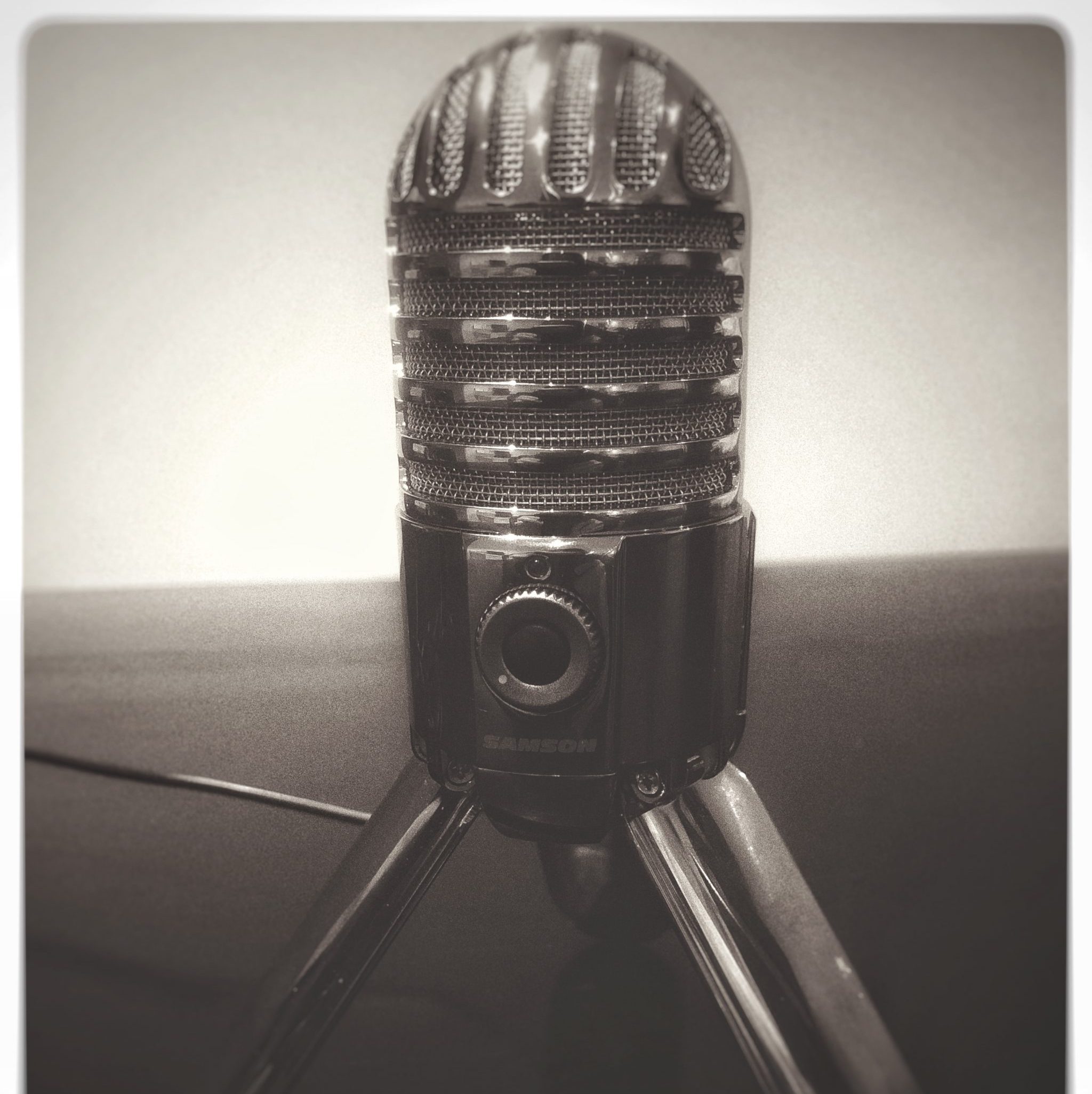These past few months, a lot of new beginnings have been going on in-front and behind the scenes at EVE. For those of you who don’t know, I am a newlywed! The ceremony was in beautiful rural Victoria and we couldn’t have asked for better weather! I also decided it was time for a breath of fresh air and took a teaching position at a new hospital with some old friends and familiar faces. Speaking of fresh air, this month EVE will be focusing on oxygen therapy! There won’t be a live webinar for February, however, my previous webinars are all recorded and available on the website. I also plan on popping on instagram to do some live videos, so don’t worry you will still be seeing plenty of my face around here! If you would like to get in touch I love hearing new ways I can help you on your nursing journey, and I also welcome feedback on the content I’ve made and what you want to see more of.
I try not to pick favourites when it comes to treatments, because let’s be honest, what treatments could you not love that saves lives? But… I DO LOVE seeing the instant results you can get with oxygen therapy! There I said it and I can’t take it back, it’s on the internet forever! Oxygen therapy is my favourite! 🤪
What role does oxygen even play in the body? Well oxygen as we all know is by far the most important element in sustaining life for not only our patients but also ourselves. On a cellular level our biochemical and metabolic processes require oxygen! Oxygen enters the blood via the alveolar and mostly binds to the protein haemoglobin, found in red blood cells. How can we interpret and monitor that process in a clinical setting? With the help of devices and some commonly used terminology, such as PaO2 (partial pressure of oxygen in arterial blood)(handy hint- the small ‘a’ stands for ‘arterial!’), FiO2 (fraction of inspired oxygen), SPO2 (measure of oxygen saturation & oxygen-carrying capacity), SaO2 (measure of oxygen saturation of haemoglobin on blood analysis).
Oftentimes in an emergency setting our patients may have both mechanical and biological abnormalities which inhibit their ability to oxygenate. Having a good base knowledge makes our job much easier and rewarding! It can feel a bit like a live action puzzle! Throughout the month I will cover the oxyhaemoglobin dissociation curve which highlights the relationship between PaO2 and SPO2. Having a fundamental understanding of this curve is paramount for understanding how and why our respiratory patients can deteriorate so rapidly! We will also be exploring the advantages and disadvantages of different oxygen delivery techniques, including flow-by, masks, oxygen hoods, oxygen cages, nasal prongs and nasal catheters. We will also discuss the infamous perpetual hypoxia of brachycephalic breeds such as Pugs and French Bulldogs, and how best to manage these easily excitable patients.
I am very excited to share some oxygen therapy related gems with you as they encompass a lot of concepts that EVE has covered already. If you would like to brush up on some of the topics surrounding oxygenation and ventilation I highly recommend checking out my ‘Triage’, ‘Blood Gas Analysis for Beginners’, and ‘Patient Monitoring’ webinars on the website!
I hope you enjoy this month’s oxygen therapy content and it empowers you to use that precious knowledge and skill to improve your patient care even more!
Thank you again for your support!
Sara 🐾

No responses yet